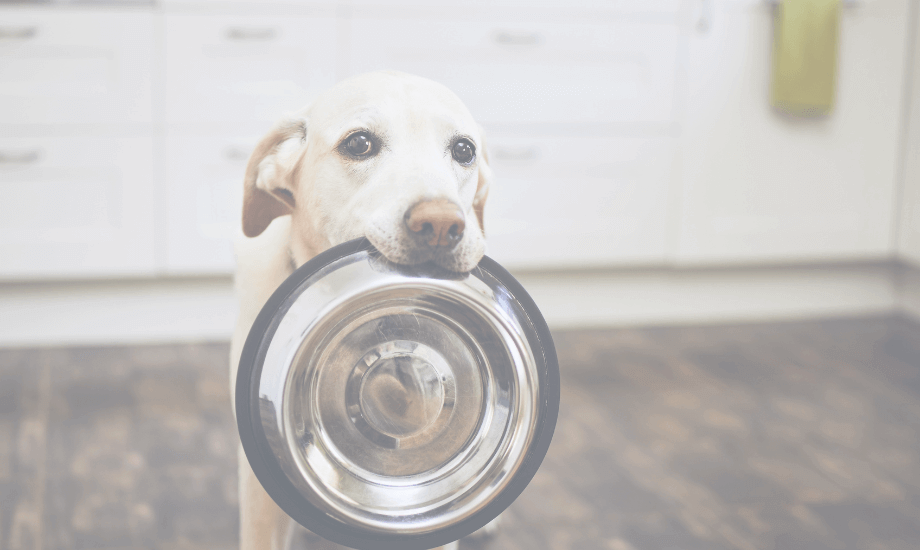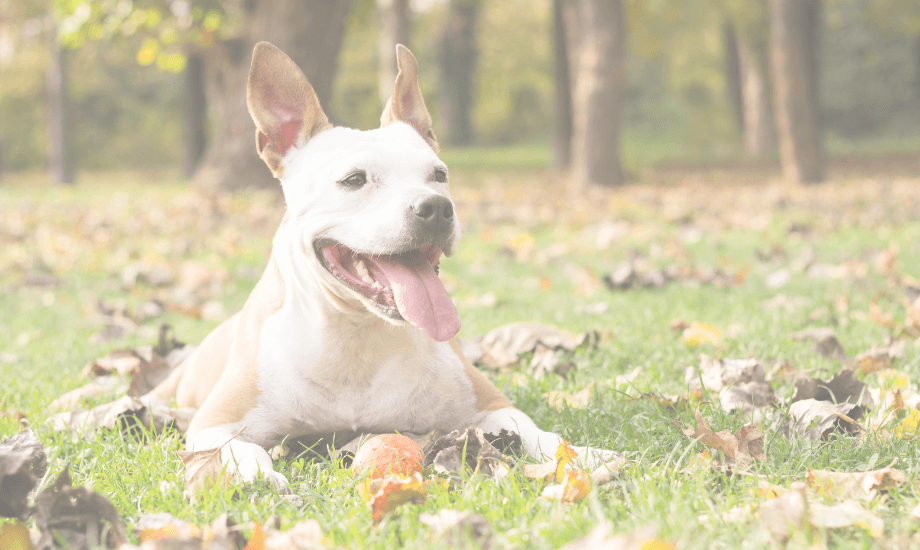When it comes to switch dog Food to a new type or brand of food, making the decision to do it is the easy part. Knowing how to change their food the right way is a whole other story…
We made it easier for you by breaking it down into 4 simple steps:
📚 1. Research dog foods
When you’re deciding to switch dog food, consider your pup’s age, flavour preferences, and health. Some health conditions limit your food options – for example, diabetes or food allergies. Talk to your vet if you aren’t sure if a particular food or diet is a good choice for your pup.
During your research, look for foods with healthy and high-quality ingredients. At healthybud, we make our products with research-supported superfoods like kelp and mussels and we offer several products, including freeze-dried meals, meal toppers, and treats, for all the ways you feed your dog and boost their bowl.
🐕 2. Switch Dog Food Slowly
Your dog can get an upset stomach if you transition them to a new food too quickly. The American Kennel Club recommends switching slowly to give your dog time to adjust.
Try this schedule to change your dog’s food to a new type over a week:
- Day One: 25% new food, 75% old food
- Day Three: 50% new food, 50% old food
- Day Five: 75% new food, 25% old food
- Day Seven: 100% new food
If your dog experiences stomach troubles during the switch, add more days between stages. And if you’re changing slowly but symptoms continue or become serious, contact your vet.
🤢 3. Watch for bad reactions
Pay close attention to your dog’s health during the switch to a new food. Watch for any signs of an adverse reaction or food allergy related to the new diet. And try not to introduce any other new foods, like treats, at the same time. This helps you know if the new food is the cause of any reaction.
Symptoms of a food reaction or allergy include:
- Nausea
- Vomiting
- Diarrhea
- Change in appetite
- Itching
- Rash
- Skin inflammation
- Swelling
Contact your vet about any symptoms that concern you, or if they don’t improve as your dog adjusts to the diet. And if your pup has serious symptoms like swelling or difficulty breathing, see a vet right away.
💩 4. Pay attention to poop
Keeping an eye on your dog’s poop is a great way to make sure their new diet agrees with them. It’s normal for dogs (and humans!) to have minor variations in their stool’s colour and consistency. But if you notice major changes in your dog’s poop, talk to your vet.
❓ #DYK?
Stools should usually be in the mid range: firm but not hard, has a distinct shape, is easy to pick up. If your dog’s poop is often on either side of this normal range, talk to your vet about potential causes.

Stay healthy, stay happy, stay curious #healthygang!
Lots of love,
- The healthybud team
DISCLAIMER: The information presented here is not meant to replace your vet’s advice or prescribed medications, but only to suggest additional options to explore, based on your dog’s condition.
Support your best bud’s health with high quality, healthy foods and treats you will both feel great about. Visit the healthybud website now to learn more about our products and subscription options.








